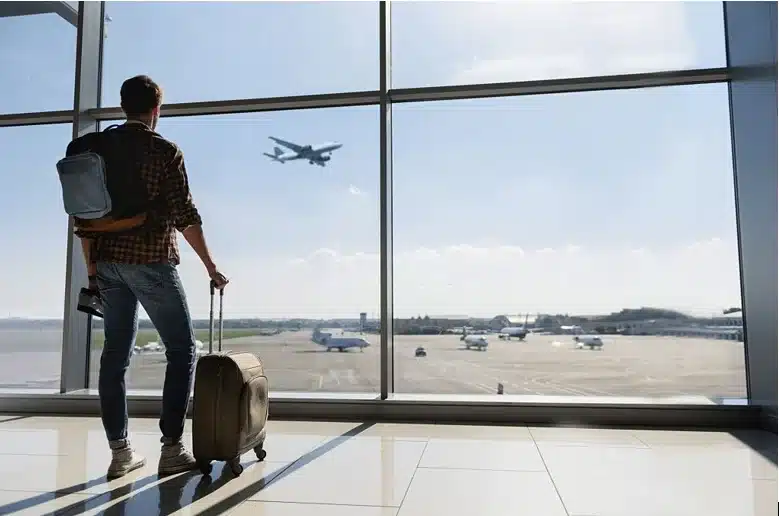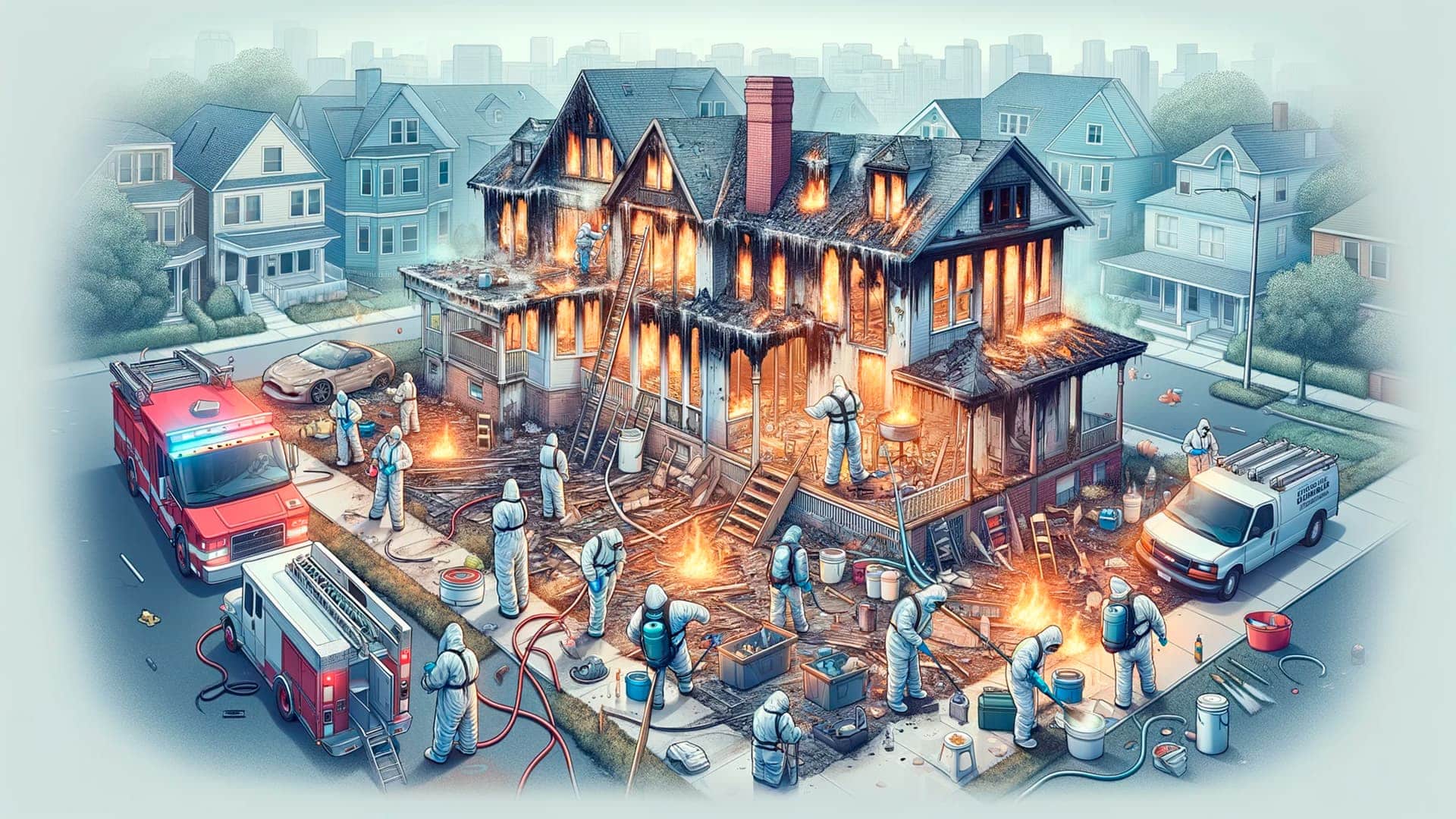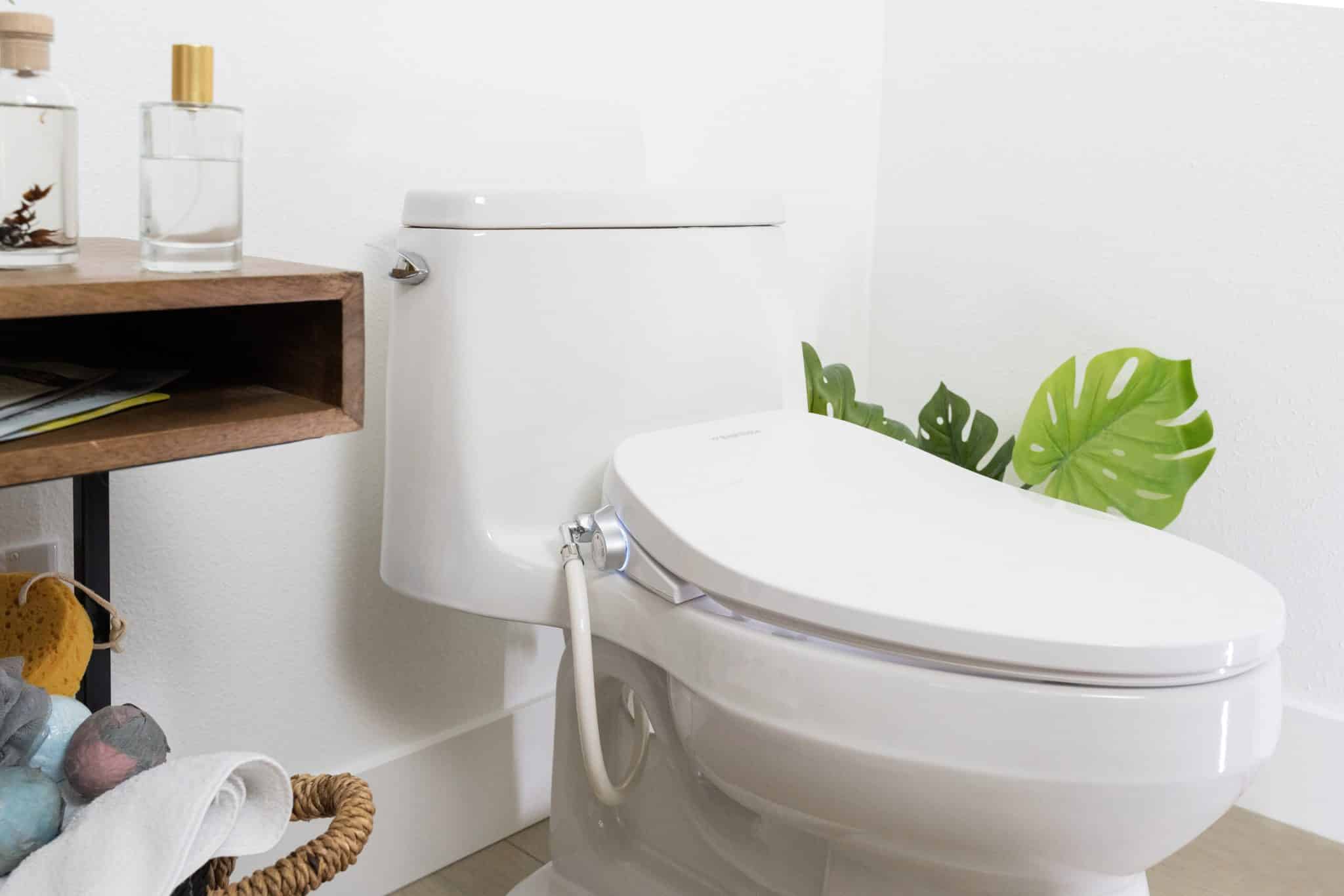High-Level Glass Replacement in Airports
Airports are busy hubs of activity, with thousands of passengers passing through daily. Unsurprisingly, these facilities’ windows and glass structures can take quite a beating. These large glass panels can be damaged and worn from harsh weather or accidental impacts.
To maintain the safety and functionality of these crucial airport structures, routine maintenance and replacement, including specialised curtain wall repair, become essential.
Let’s explore the world of how high-level glass replacement works in airports.
The Importance of High-Level Glass Replacement
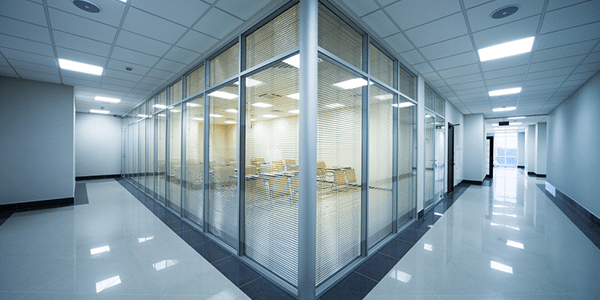 High-level glass replacement is an important maintenance task for large buildings such as airports, malls and skyscrapers.
High-level glass replacement is an important maintenance task for large buildings such as airports, malls and skyscrapers.
Glass used in curtain walls and window panes at higher altitudes is more prone to damage from strong winds, extreme temperatures and frequent exposure.
Cracked or broken high-altitude glass can pose safety and structural risks if not addressed promptly. It also impacts the building’s aesthetics and energy efficiency. Timely replacement of faulty glass minimises disruption. It preserves the architectural integrity of structures with extensive glazing.
Proper high-rise glass installation upholds safety standards. It also protects interior spaces from external elements. Therefore, swift high-level glass repair plays a key role in building maintenance.
Key Considerations for High-Level Glass Replacement in Airports
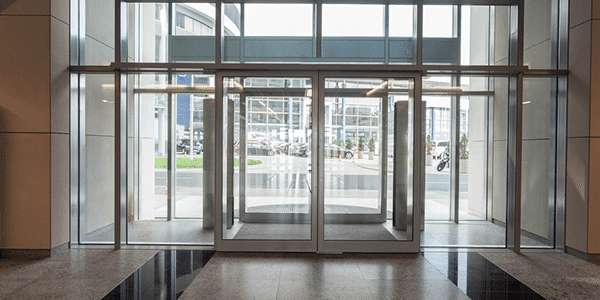 High-level glass replacement in airports requires careful planning, coordination, and expertise to maintain the facility’s safety, functionality, and aesthetic appeal. Here are some critical considerations for high-level replacement glass:
High-level glass replacement in airports requires careful planning, coordination, and expertise to maintain the facility’s safety, functionality, and aesthetic appeal. Here are some critical considerations for high-level replacement glass:
Safety Measures
Safety is the top priority when replacing glass at heights in an active airport environment. Fall protection like guardrails, safety nets and personal fall arrest systems will be vital to capture anyone who may fall.
Workers will be required to wear full-body harnesses tethered to fixed anchors. Scaffolding will be built to current standards and braced appropriately.
A restricted work zone beneath the glass installation with barricades, warning signs and ground spotters will help prevent injury from falling objects or tools. Proper training and supervision are crucial to complete this job safely.
Detailed Planning and Coordination
Careful planning is essential to minimise disruptions at the busy facility. Work schedules must avoid peak traffic periods to limit the impact on operations. All personnel, equipment and material logistics must be clearly defined in advance. Temporary barricades and signage plans are required for ground-level safety.
Coordination between contractors and all airport departments, including maintenance, safety, air traffic control and terminal operations, ensures everyone understands schedules, responsibilities and emergency procedures. Regular briefing sessions are needed to address issues promptly.
Contingency plans for adverse weather or equipment issues help keep the project on schedule. Thorough documents guide smooth execution and compliance with regulations.
Glass Selection
The right glass is critical for airport applications with wind load stresses and potential debris impacts from jet blasts or runways. The glass must meet stringent FAA standards for strength, impact resistance, and durability in all weather conditions.
Glass specifications should account for ultraviolet rays at high altitudes and wide temperature fluctuations. Energy efficiency is also essential to reduce solar heat gain and conserve airport utilities. Selecting glass that is easy to clean helps maintain visibility.
Products from trusted suppliers with warranted longevity can prevent premature replacement costs. Acoustical properties near passenger terminals may be a consideration as well.
Installation Techniques
Proper installation techniques must be followed to exchange glass panels at elevation safely.
Lifting equipment such as cranes or boom lifts will manoeuvre new glass into position with direction from trained riggers. Temporary bracing may secure panes until permanently affixed. Sealants will be applied precisely per specifications to create secure weather-tight seals around the edges.
Anchoring methods, including clamping assemblies or bolt attachments, will distribute wind loads evenly. All hardware and connections require inspection once the glass is fastened to ensure compliance with design standards.
Frequently Asked Questions
What is a replacement glass?
A replacement glass refers to a new piece of glass installed instead of an existing glass that is damaged, cracked or broken. Here are some key things to know about replacement glass:
- Material: Replacement glass is made of the same material as the original. Most commonly, it is made of soda-lime glass for windows and doors. Speciality glasses made of tempered glass, laminated glass, etc., may also need to be replaced.
- Dimensions: The replacement glass is cut to the exact dimensions of the original so that it fits perfectly in the frame. Standard sheet sizes are used for efficiency.
- Thickness: The thickness of the replacement glass matches that of the original for structural integrity and insulation properties. Thinner glasses are used for windows and thicker for doors.
- Installation: The replacement glass is installed using setting blocks, glazing tape or sealant after removing all original shards. It provides an airtight and watertight seal.
What are the alternative materials to glass?
Here are some common alternative materials that can be used instead of glass:
- Plexiglass/Acrylic: A lightweight and durable explicit plastic material. Stronger than glass but more prone to scratching.
- Wood: Renewable material with good thermal insulation. Available in various hardy varieties but with less glass-like appearance.
- Metal: Options like aluminium and stainless steel are corrosion-resistant and solid. There is good structural support, but it needs more transparency.
- Concrete: Durable composite made of cement, sand and aggregate. Excellent compression strength for construction but opaque.
- Vinyl: PVC is used for window and door frames, siding, and roofing. Weather resistant, customisable colours but less eco-friendly.
Conclusion
To summarise, high-level glass replacement at airports demands specialised equipment, skills and safety protocols due to challenges arising from scale and altitude.
Contractors experienced in high-rise glass installation and curtain wall repair techniques are best equipped to undertake this specialised maintenance task. Their expertise allows for swift replacement while minimising disruption.
Airports rely on seamless operations to efficiently facilitate passenger travel. Timely glass repair at towering heights upholds structural integrity and ensures safety. It also maintains the smooth functioning of these critical transport hubs.
Proper high-altitude glass replacement guarantees airports continue serving communities by facilitating local and global connectivity.

